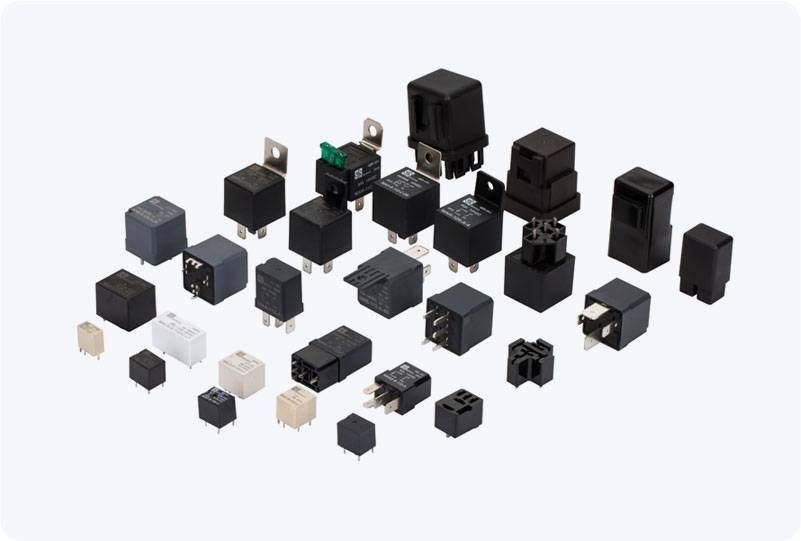In the world of industrial automation, controlling the operation of electric motors is a vital task. Whether it’s managing the startup, speed, direction, or overload protection of motors, the Industrial Power Relay plays a pivotal role in ensuring smooth and efficient motor control. This article delves into the significance, working principle, applications, and types of Industrial Power Relays, shedding light on how these devices contribute to the seamless functioning of various industrial systems.

What is an Industrial Power Relay for Motor Control? An Industrial Power Relay is an electromechanical device used to control the operation of electric motors in industrial applications. It acts as a switch that opens and closes electrical circuits, typically to start or stop motors. Power relays are designed to handle high current loads and often feature multiple sets of contacts to control various aspects of motor operation, such as start/stop commands, overload protection, and direction control. Key Functions of Industrial Power Relays Motor Start and Stop Control One of the primary functions of an industrial power relay is to control the start and stop of an electric motor. When the relay receives an input signal, the relay closes the circuit, allowing current to flow and starting the motor. When the signal is deactivated, the relay opens the circuit, cutting off the power and stopping the motor.